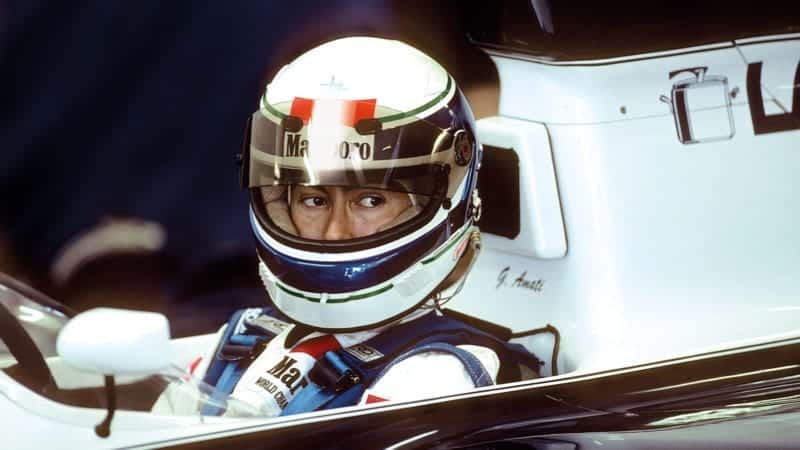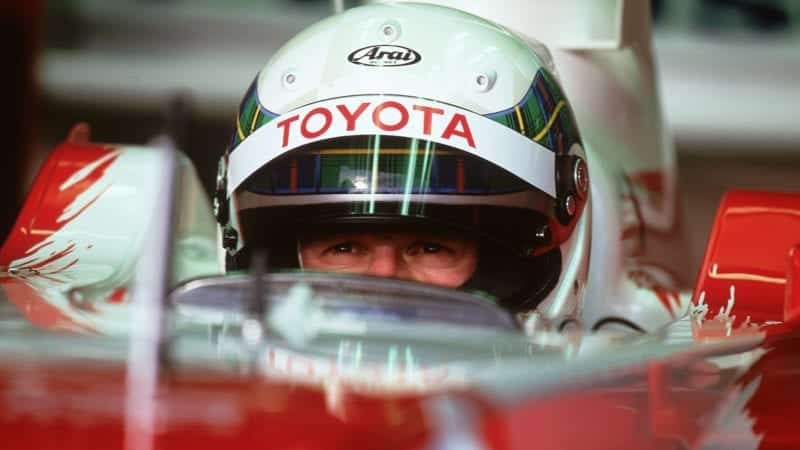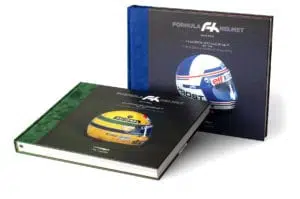“I liked to put it on because it was the moment when I became a driver with the same identity as others on track, on equal terms, and not like a woman.
“During a race for the Ferrari Challenge in Brno, my baggage never made it. I had to use Nicola Larini’s helmet and suit. During the practice session, I never drove so badly because of the helmet that was moving and the suit that didn’t suit me!
“I think that helmets nowadays are too much “Carnival” style. I don’t like this fashion of mixed colours. It’s not easy to recognize drivers. Besides, the small numbers and the halo don’t help. And there are too many changes during the season. One has to have personality and one’s own colours!”
Formula Helmet
Bruno Bayol
€85
Formula Helmet by Bruno Bayol examines the fascinating history of the F1 driver’s crash helmet, with particular focus on closed face designs from 1969 to 1999. As well as providing a history and development of brands such as Arai, Bell and GPA, the book features captivating driver accounts of how their helmet designs came to be and when they needed them most.
Three-time world champion and safety pioneer Jackie Stewart provides a heartfelt forward, whilst stories from Mario Andretti, Mika Häkkinen and Jacques Villeneuve others are as charming and entertaining as they are insightful.
Numerous original helmets were examined and photographed at close quarters, providing exquisite detail throughout the book. It also includes pictures from world-renowned photographers Bernard Asset and Bernard Cahier capturing iconic crash helmets in racing action.




